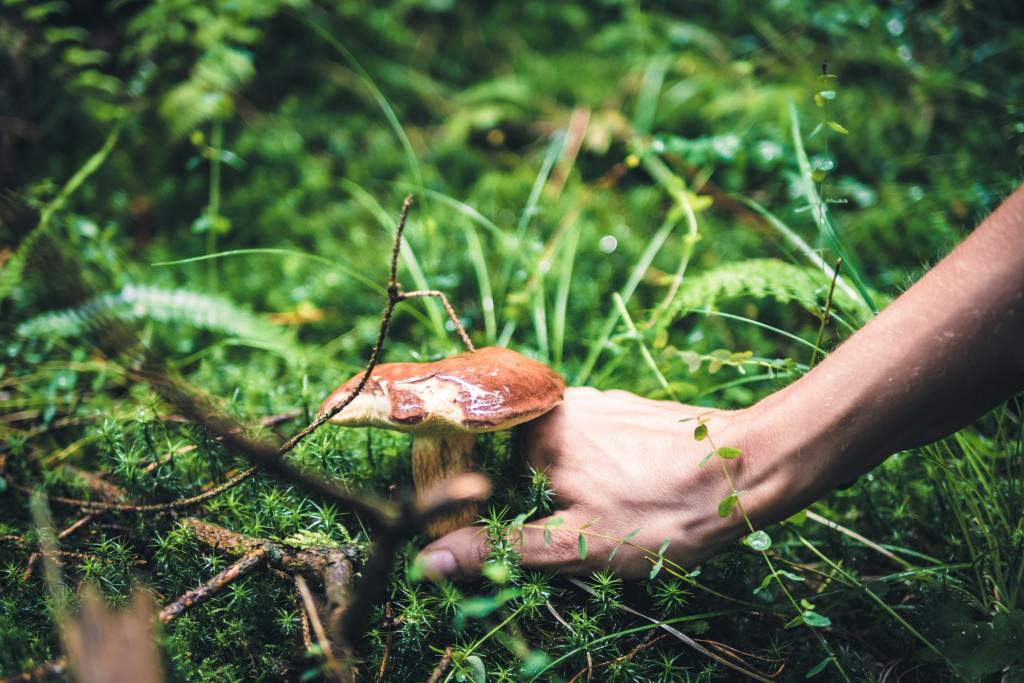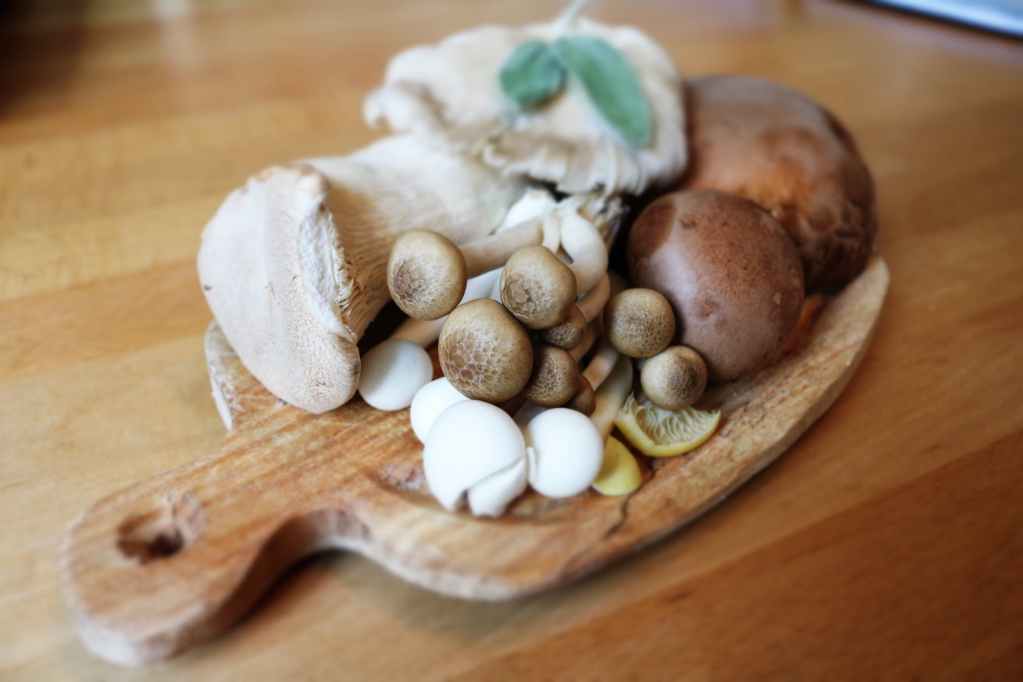Most people think about mushrooms or toadstools when they hear the word “fungi.” Alternatively, they think of fungal infections. The connotations often have us overlooking how good fungi are for our gardens.
First, let’s make sure we all know what fungi are. The many species found throughout the world are a part of an umbrella group of organisms known as “decomposers.” In other words, they eat dead things and help break down the cellular structure of both plants and animals. Other examples of decomposers include some kinds of bacteria, nematodes, earthworms, beetles, slugs, and snails. When it comes to fungi, specifically, they essentially break down organic matter into forms, which other decomposers and plants can use for food.

Why are fungi important to the environment?
The truth is that the entire Earth’s ecosystem relies heavily on fungi to function. If they didn’t exist and do what they do, dead animals and plant matter would decay at a far slower rate. You would see huge piles of dead things just lying about. Fungi are necessary for the conversion of dead material. They also aid in the processes of plant growth and are helpful in many medicines.
Assisting decomposition
Anywhere you find moisture, you’ll also find fungi. Some species are single-celled organisms and are invisible to the naked eye, like yeast. Other species are multiple-celled organisms made up of strands of cells known as “hyphae.” Mushrooms are an example of a multi-celled fungus.
It’s interesting to note that a vast portion of the entire biomass of every ecosystem is made up of fungi. They play a substantial role in breaking down certain materials like lignin and cellulose, which invertebrates like snails find hard to digest. Fungi do their job by releasing digestive enzymes, which metabolize complex organic compounds. These compounds are turned into soluble nutrients like phosphates, simple sugars, and nitrates. Fungi also “digest” their food outside of their cellular structures (unlike animals) and then absorb the resulting nutrients.
Cycling nutrients through the ecosystem
Most nutrients aren’t freely available to plants, either in the soil or in water. Instead, they’re sequestered or locked away in another form. Decomposers like fungi act as an intermediary. They “unlock” the nutrients held within insoluble, organic compounds and release the resulting soluble nutrients into the soil and water. Plants are then able to take those soluble nutrients up through their roots for their own use.
An example of a soluble nutrient, which most plants can’t access on their own, is nitrogen. In most cases, this is because the nitrogen is locked inside proteins. When an animal dies, fungi work to break it apart. During the process, the animal’s proteins are broken down, and nitrogen is released in forms like nitrate, which plants can easily take up through their root systems.
Fungi can also help transfer nutrients from leaf litter and decomposing wood to aquatic ecosystems, helping transfer above-ground nutrients deep into the soil.
Fungi can act as symbionts
Mycorrhizal fungi act as symbionts with certain plants. They form a mutually beneficial relationship. The plant bestows the fungus with carbon, and in turn, the fungus gives the plant nutrients like nitrogen. Other fungi, such as lichens, form symbiotic relationships with cyanobacteria. The fungi act as a home or shelter for the bacteria, while the bacteria provide carbon (similar to how some plants provide carbon to the fungi) through photosynthesis.
Fungi are a food source
Fungi also serve as food for many different kinds of organisms, including people. Of course, many fungi are deadly poisonous. Still, there are a few species of mushroom that can be in human cuisine. Non-human mammalian herbivores commonly eat fungi while foraging. For instance, lichens make up a significant portion of a caribou’s diet during winter months.
Invertebrates eat fungi all the time too. You might see slugs feasting on some types of mushrooms, for instance.

Fungi are good for your garden
Of course, all of the points above bring us to the main point of this article. Fungi are essential to the health of your garden. For instance, the “heavy-lifters” of your compost pile are fungal species. They do all of the hard work of breaking down protein-based insects and the tough fibers of wood chips.
Moreover, fungi in the garden can help trap and destroy harmful nematode species. When fungi die, others take their place. Importantly, spaces formed by fungal hyphae in the soil become microscopic tunnels for water and air to move through the soil. They can also act as shelters for bacteria. All of these things translate to a healthier garden environment where your plants have plenty of the nutrients they need to thrive.
Editors' Recommendations
- 6 tips you should keep in mind when building your own drought-tolerant garden
- What’s in season at the farmers market this November
- What’s in season at the farmers market this fall
- When do pears come in season? What you need to know
- What is coconut soil, and how can it make your garden better?


